In the world of culinary arts, the tantalizing flavors and mouthwatering aromas of restaurant-style dishes often leave diners wondering about the secrets behind them. While the artistry of a seasoned chef plays a crucial role, there are lesser-known techniques that elevate ordinary ingredients to extraordinary culinary experiences. This article delves into the hidden tricks that make these dishes stand out, exploring how these practices can be adapted in Australia, a country with a rich tapestry of food culture and an ever-growing dining scene.
Understanding the Culinary Canvas
In Australia, the dining industry is a significant contributor to the economy, with the Australian Bureau of Statistics reporting a 4.2% growth in food service industries in 2022. This growth underscores the importance of innovation in culinary practices. Restaurants continually strive to enhance flavors, textures, and presentations, creating a sensory experience that keeps patrons coming back. But what are these secret tricks that chefs employ?
The Art of Ingredient Selection
One of the fundamental secrets to restaurant-style dishes is the quality of ingredients. Australian chefs are increasingly turning to locally sourced produce, which not only supports local farmers but also ensures freshness and flavor. According to the Australian Department of Agriculture, Water and the Environment, there has been a significant push towards sustainable and organic farming practices, improving the quality of ingredients available.
- Local Produce: Using seasonal and local produce ensures peak freshness and flavor.
- Exotic Ingredients: Incorporating unique and exotic ingredients can add depth and intrigue to dishes.
For instance, the use of native Australian ingredients such as finger limes or wattleseed adds a distinct touch that resonates with the local palate while maintaining global appeal.
Technique: The Backbone of Culinary Excellence
Mastering cooking techniques is another secret that separates home-cooked meals from restaurant-quality dishes. Techniques like sous-vide, a method of cooking food slowly in vacuum-sealed bags at precise temperatures, have become more accessible. This technique ensures even cooking and preserves the natural juices and flavors of the ingredients.
In addition, the use of high-heat cooking methods such as searing and grilling can enhance the natural flavors of meats and vegetables, creating the coveted caramelization that adds complexity to dishes.
Innovative Flavor Pairings
Restaurant chefs often experiment with bold and unexpected flavor combinations. This approach can turn a simple dish into a culinary masterpiece. For example, the marriage of sweet and savory elements, such as honey and soy, can elevate a dish's profile significantly.
Australia's multicultural society provides a rich tapestry of flavors from around the globe, allowing chefs to draw inspiration from Asian, European, and Middle Eastern cuisines. This fusion of flavors not only appeals to diverse tastes but also encourages culinary creativity.
Case Study: Restaurant Hubert, Sydney
Problem: Restaurant Hubert, a French-inspired bistro in Sydney, faced the challenge of standing out in a competitive dining scene.
Action: By focusing on classic French techniques and incorporating local Australian ingredients, the restaurant developed a unique menu that embraced both tradition and innovation. They introduced dishes like their signature chicken fricassée, which featured locally sourced poultry cooked sous-vide to perfection.
Result: Their approach led to a 30% increase in customer footfall, with patrons drawn to the establishment's ability to offer a distinct yet familiar dining experience.
Takeaway: Restaurant Hubert's success highlights the importance of blending traditional techniques with local elements, an approach that can be beneficial for Australian businesses aiming to differentiate themselves.
Debunking Myths: The Reality of Restaurant Cooking
- Myth: "Fancy equipment is necessary to make restaurant-style dishes."
- Reality: While professional kitchens have specialized equipment, many techniques can be adapted for home use with basic tools.
- Myth: "Only expensive ingredients can make a dish taste good."
- Reality: The key lies in technique and seasoning, not just high-cost ingredients. Properly prepared simple ingredients can be just as delicious.
The Future of Australian Cuisine
As the Australian dining scene continues to grow, the integration of technology and innovation will play a more prominent role. The use of AI in menu personalization and inventory management is expected to streamline operations, allowing chefs to focus on creativity and quality. The Reserve Bank of Australia predicts that technological advancements will enhance productivity in various sectors, including hospitality.
Furthermore, with an increasing emphasis on sustainability, the adoption of eco-friendly practices in kitchens is likely to become a standard. This shift will not only reduce environmental impact but also appeal to the growing number of environmentally conscious consumers.
Conclusion: Elevating Everyday Cooking
The secret tricks behind restaurant-style dishes are not exclusive to professional chefs; they can be adapted to enhance everyday cooking. By focusing on ingredient quality, mastering techniques, and experimenting with flavors, anyone can create meals that rival those found in top restaurants. As Australia continues to evolve as a culinary destination, embracing these practices will help maintain its position on the global food stage.
What strategies have worked for your culinary endeavors? Share your insights below!
People Also Ask
How do restaurants make their dishes taste so good? Restaurants often use high-quality ingredients, precise cooking techniques, and unique flavor combinations to enhance the taste of their dishes. Can I replicate restaurant-style dishes at home? Yes, by focusing on ingredient quality, mastering cooking techniques, and experimenting with flavors, you can recreate restaurant-style dishes at home.
Related Search Queries
- Restaurant cooking secrets
- How to cook like a chef
- Australian food trends
- Local ingredients in Australia
- Cooking techniques for beginners



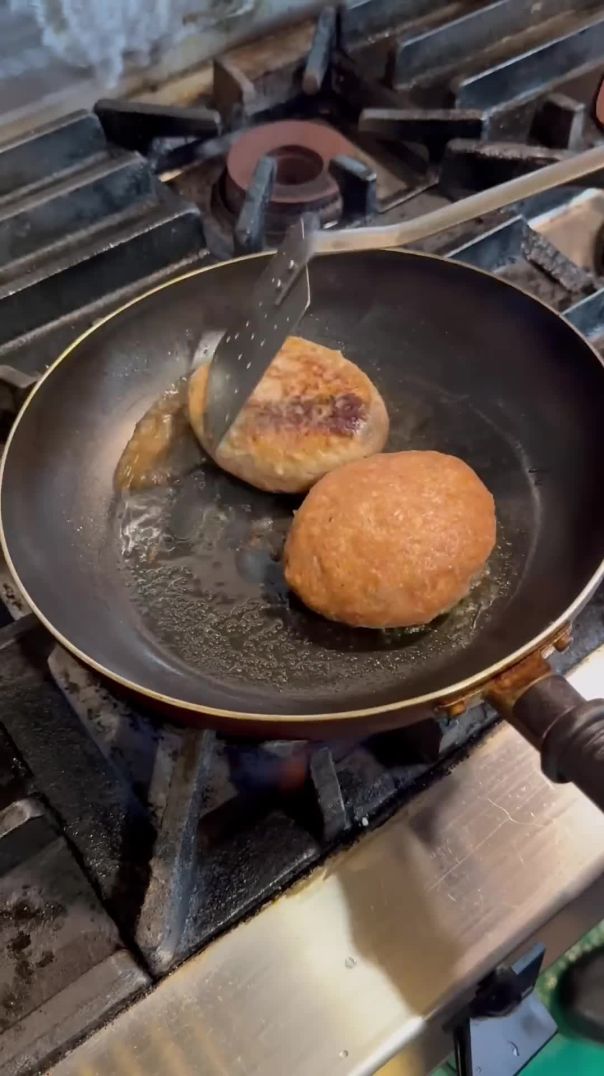


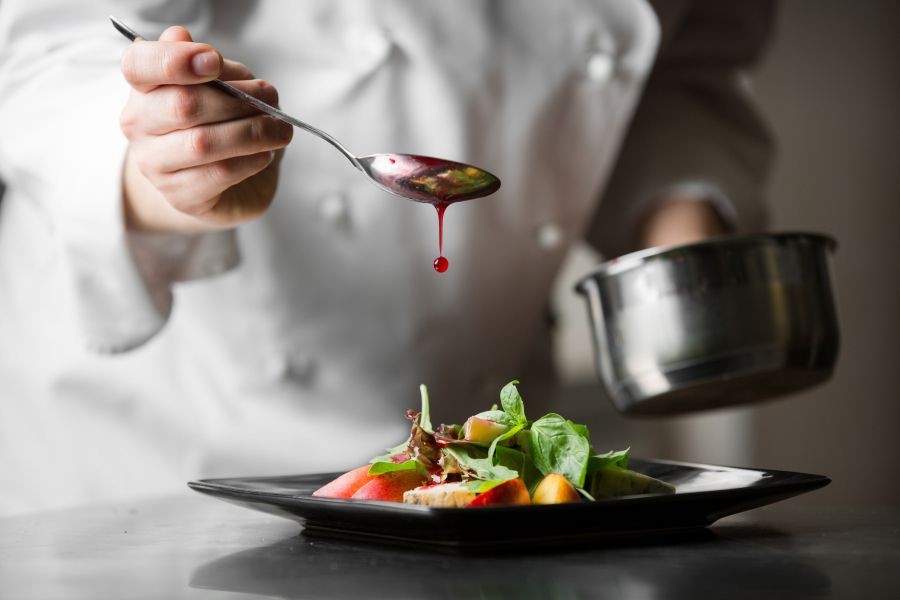















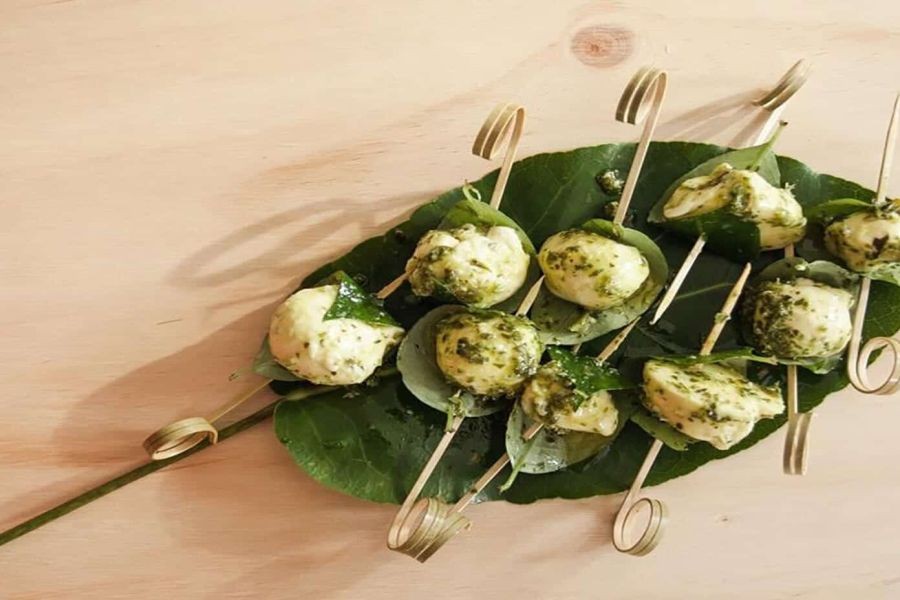

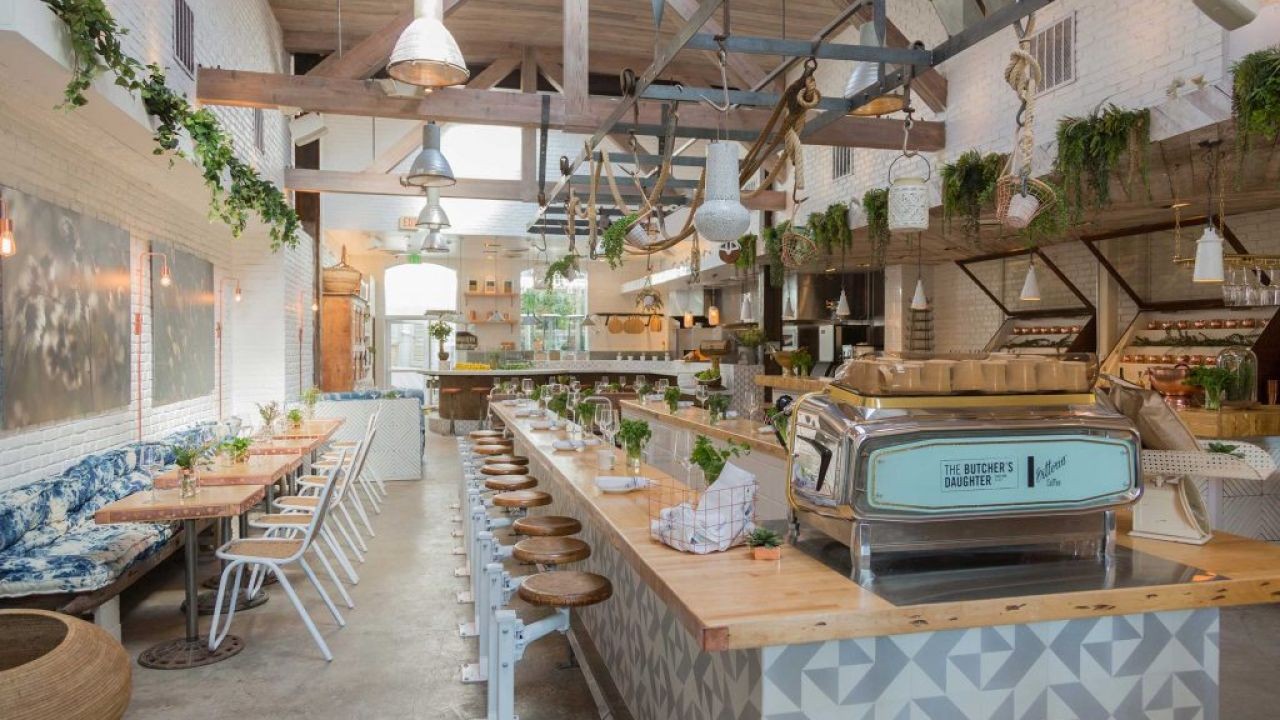



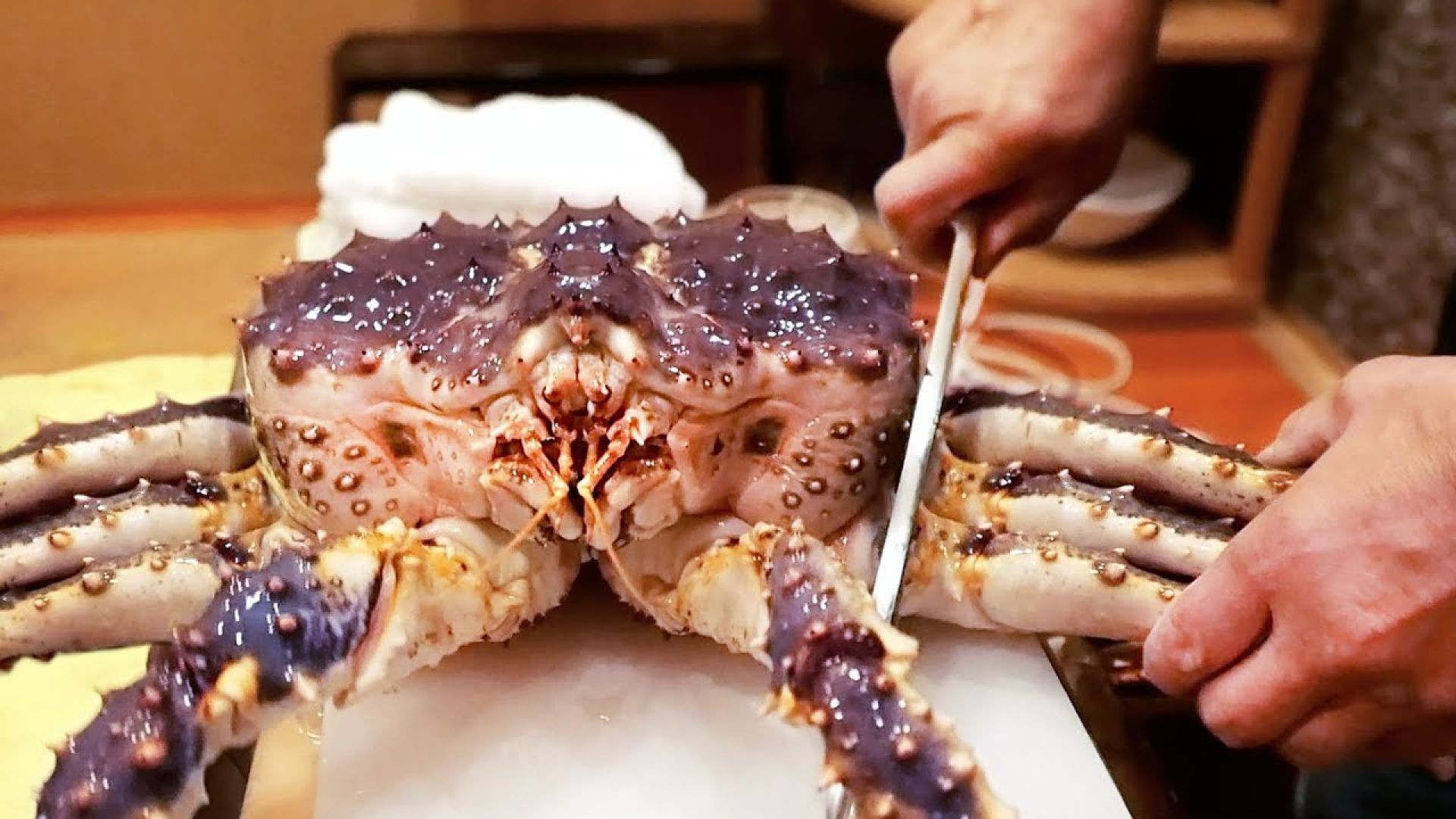
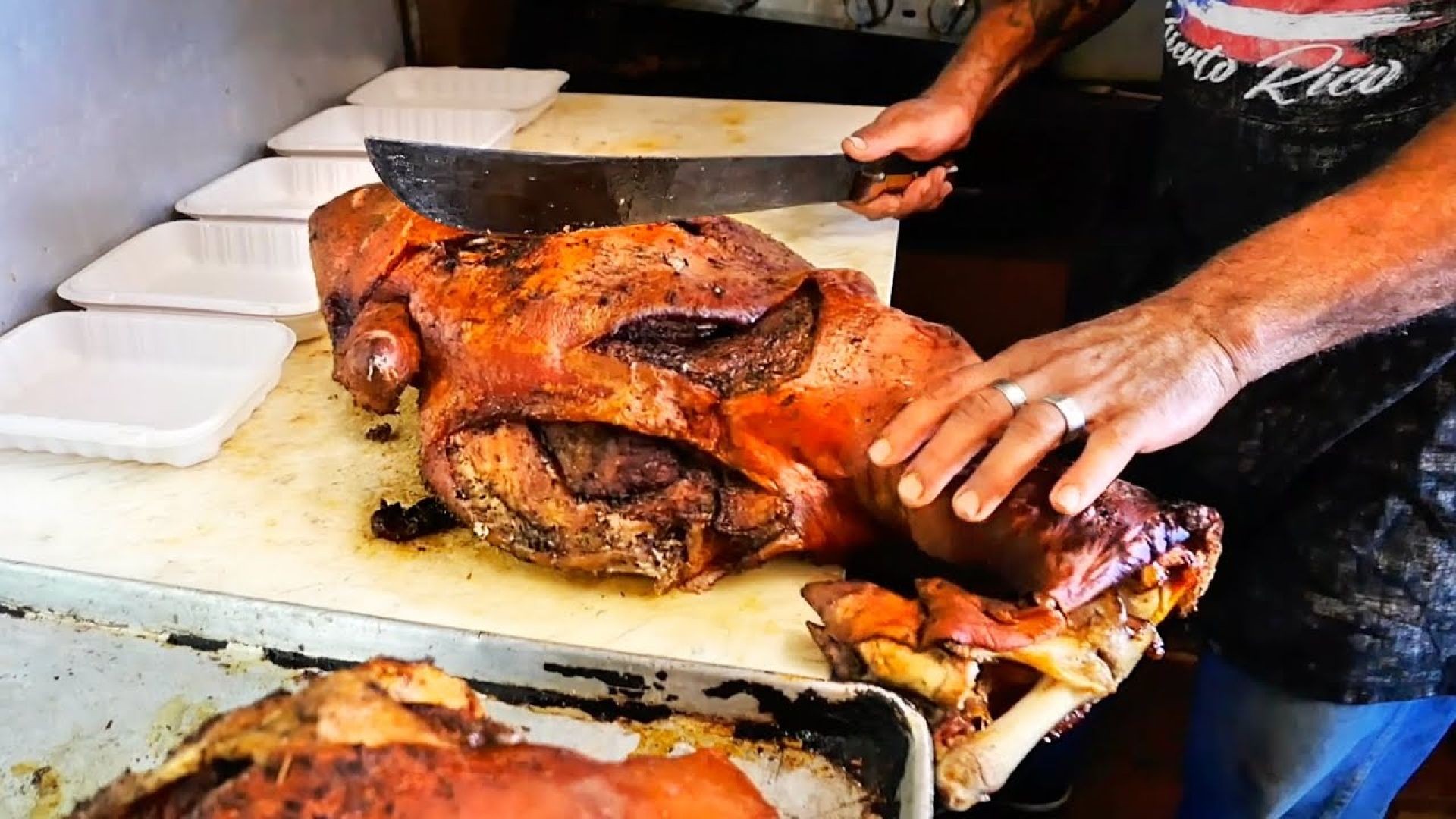
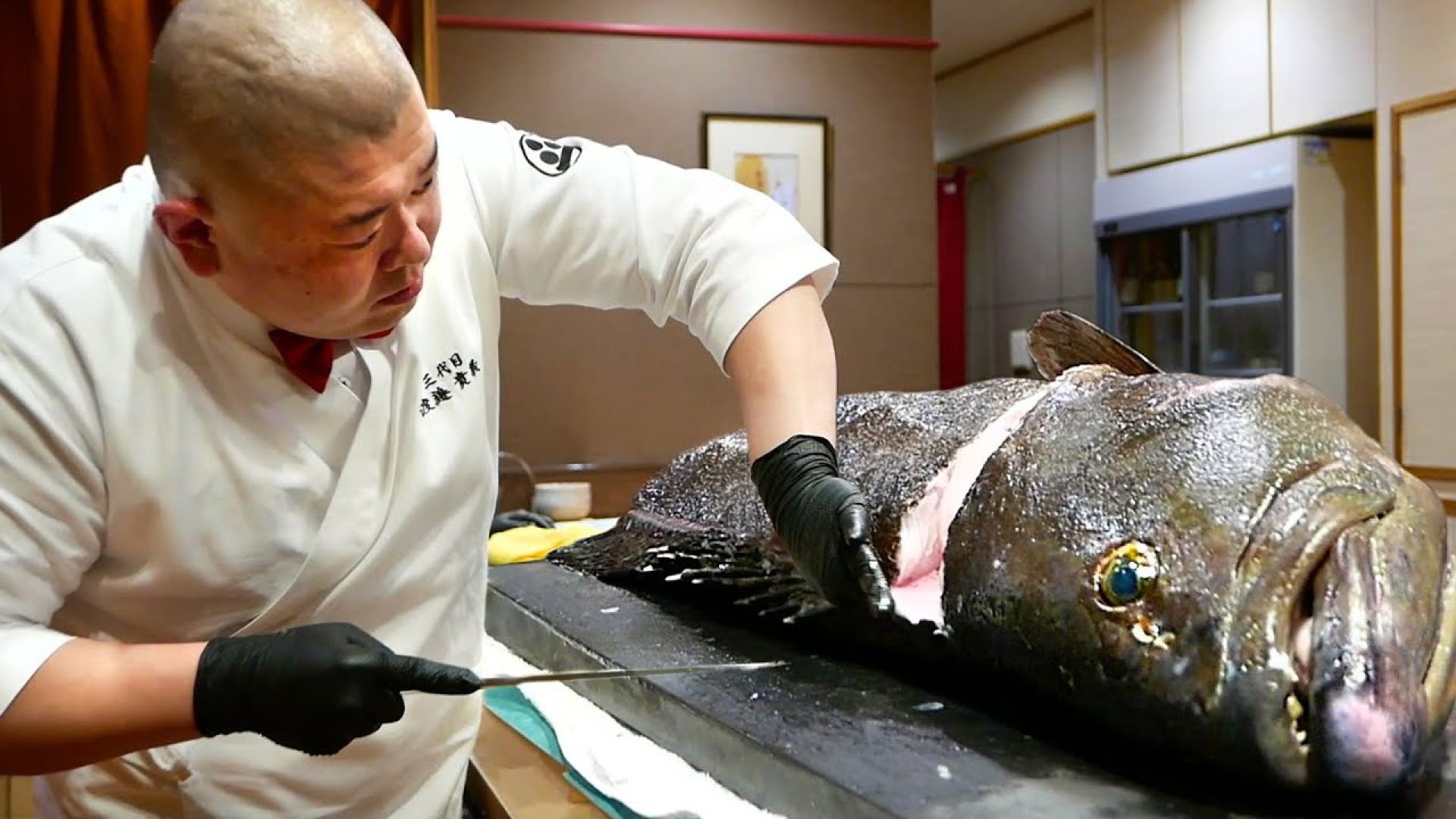
leslicyr901788
6 months ago